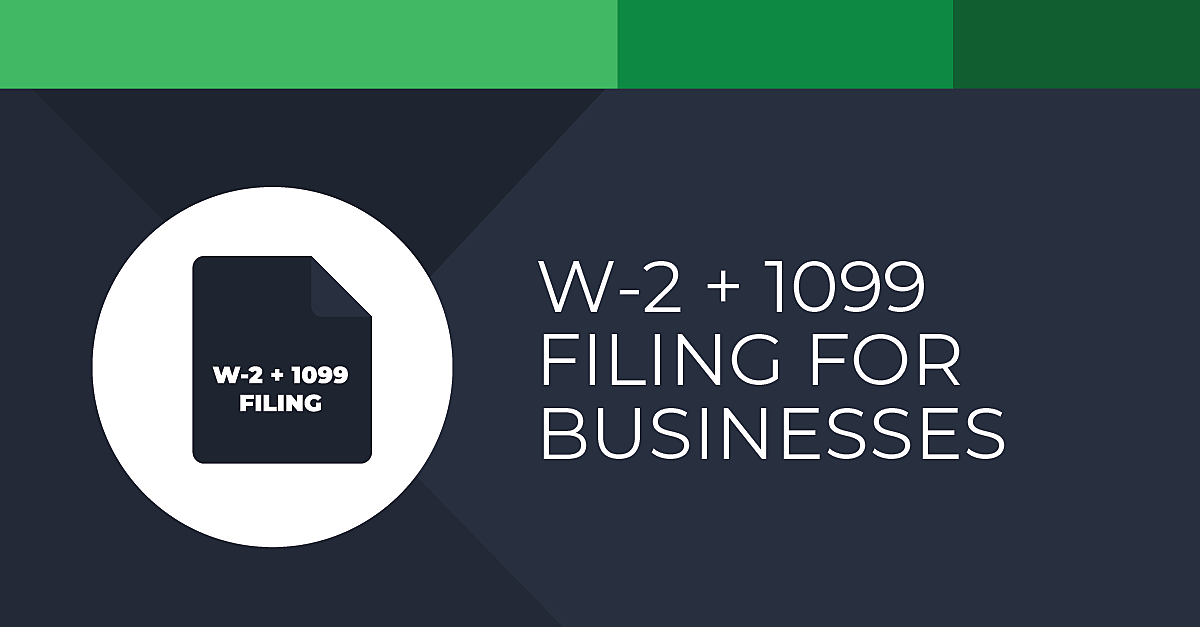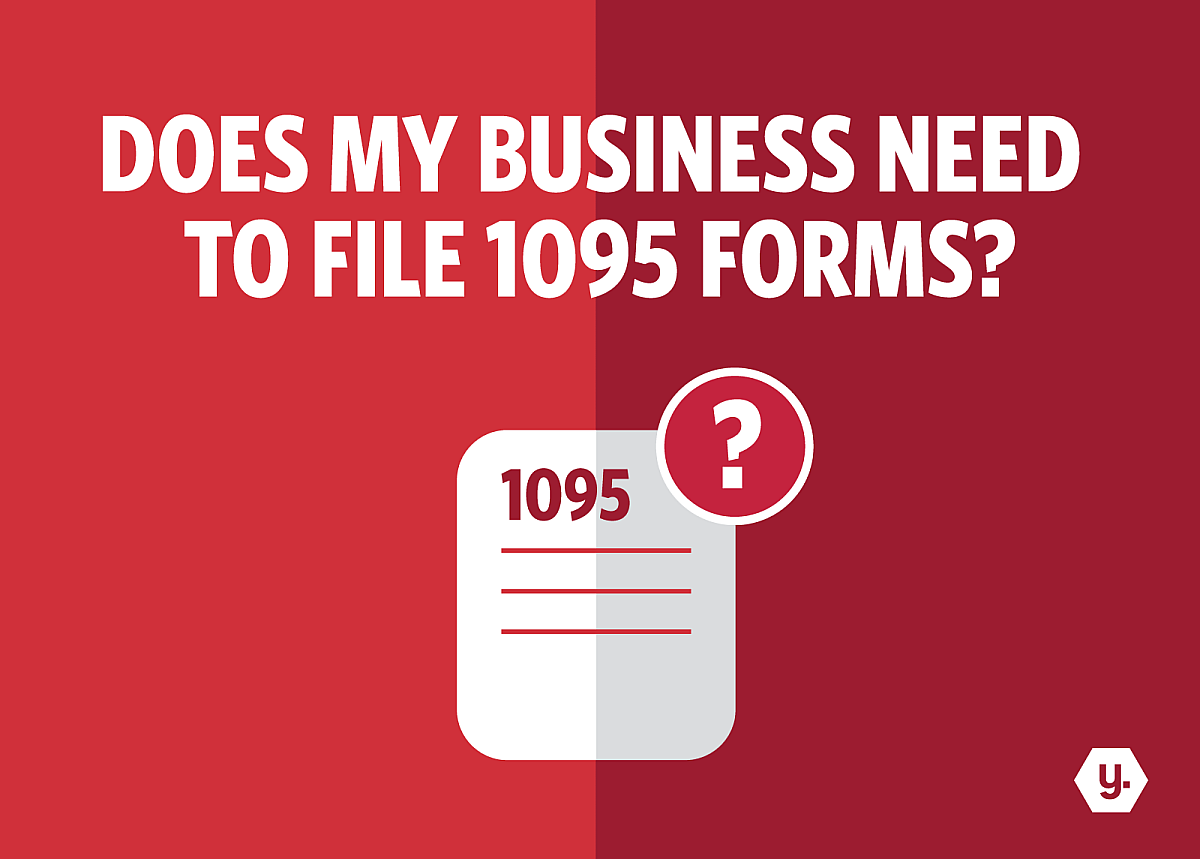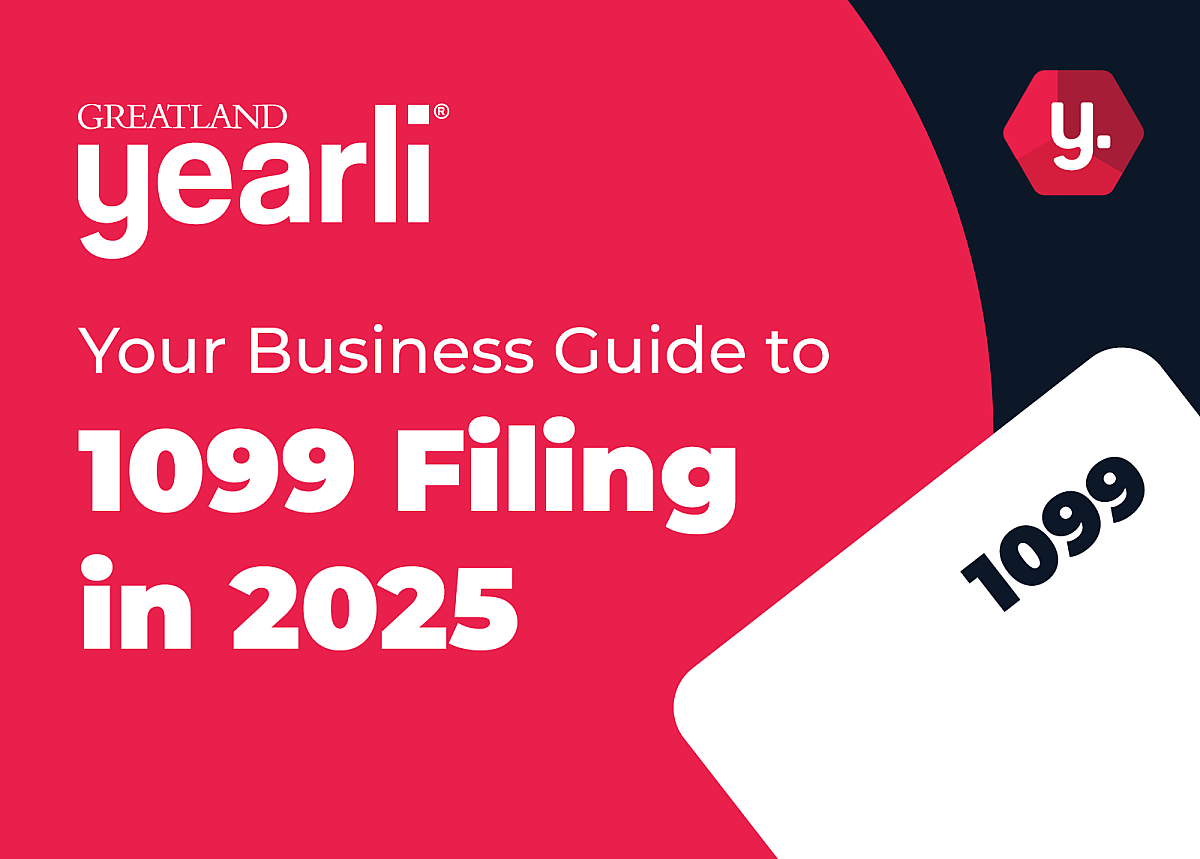
IRS e-file threshold Q&A: What businesses need to know
Janice Krueger, subject matter expert for Yearil.com, recently sat down with Accounting Today to discuss the new IRS E-File Regulations
Accounting Today: The IRS recently finalized regulations significantly expanding the mandatory e-filing of tax and information returns. Can you provide a brief overview of the changes?
Krueger: Yes, there are three primary components in the regulations that affect information returns:
First, the threshold requiring electronic filing dropped significantly from 250 to 10 returns. The lower e-file threshold applies to the following forms:
- W-2, 499R-2/W-2PR, W-2VI, W-2GU, W-2AS, W-2G
- 1042-S
- 1094 series, 1095-B, 1095-C
- 1097-BTC
- 1098, 1098-C, 1098-E, 1098-Q, 1098-T
- 1099 series
- 3921 and 3922
- 5498 series
- 8027
Second, the non-aggregation rule was eliminated. The e-file threshold will no longer apply per form type, but rather filers that have a combined total of 10 or more forms to file will be required to electronically file all forms.
And third, corrections must now be filed in the same manner that originals are filed. Therefore, if a filer files the originals electronically, they must file corrections electronically as well.
Accounting Today: What was the catalyst behind this change?
Krueger: The reasons for the change are lower processing costs, faster processing, and fraud detection.
Lowering the e-file threshold helps to reduce processing costs for IRS and the Social Security Administration. It costs significantly less to process an e-filed return vs. a paper return. There is no paper handling (opening mail, sorting, storing paper, etc.) required when filing electronically, which makes it much quicker to process an e-filed return.
And, because of the faster processing time, IRS has access to information return data earlier, which is used to match against data reported on income tax returns. This helps to identify and prevent fraudulent returns from being processed.
Accounting Today: There has been some confusion around the aggregation rules. Can you clarify how to determine whether a business meets the 10-return threshold?
Krueger: Sure, as I mentioned earlier, the non-aggregation rule was eliminated. This means the e-file threshold will no longer apply per form type, but rather filers that have a combined total of 10 or more forms to file will be required to electronically file all forms.
In the past, for example, if a filer had 200 1099-INT forms and 300 1099-NEC forms to file, only the 1099-NEC forms would be required to be filed electronically since the number of forms was greater than 250. The 1099-INT forms were not required to be filed electronically.
Now, with the non-aggregation rule being eliminated, if a filer has five W-2s, five 1099-NEC forms and three 1099-MISC forms to file, for example, this filer would be required to file all forms electronically because the total number of forms to file is greater than 10, even though individually, none of the form quantities are 10 or more.
Accounting Today: What are the penalties for failing to file electronically?
Krueger: The penalties are as follows:
- $60 per information return if correctly filed within 30 days; with a maximum penalty of $630,500 per year ($220,500 for small businesses).
- $120 per information return if correctly filed more than 30 days after the due date but by Aug. 1; with a maximum penalty of $1,891,500 ($630,500 for small businesses).
- $310 per information return if filed after Aug. 1, or required information returns are not filed; with a maximum penalty of $3,783,000 per year ($1,261,000 for small businesses).
And if there’s any failure to file a correct information return due to intentional disregard of the filing or correct information requirements, the penalty is at least $630 per information return, with no maximum penalty.
It should be noted that small business is defined as one that has average annual gross receipts for the three most recent tax years of $5 million or less.
Conclusion
It is essential that businesses are prepared for the change. This includes working with a vendor that can effectively meet all of their information reporting needs given the complexities and ever-changing landscape of rules and regulations.
Yearli.com is a comprehensive online 1099 and W-2 reporting platform that supports e-filing not only for federal filing through the three systems for which businesses would need to be prepared to file returns, but it also handles state filing.
Furthermore, Yearli.com has a year-around compliance staff that remains in close contact with federal and state agencies to help ensure compliance at both the federal and state levels. And its offers three service options so businesses can easily find a solution that best fits their budget and needs. To learn more visit Yearli.com.
Latest News
-
 November 25, 2025
November 25, 2025New Alternative Furnishing Method for Forms 1095-B and 1095-C Comes with Complexities
The IRS has updated the Affordable Care Act (ACA) reporting process for Forms 1095-B and 1095-C. These changes aim to reduce administrative costs and simplify reporting, but they also create new compliance challenges for employers and health insurance providers.Read More -
 October 8, 2025
October 8, 2025Your Business Guide to 1099 Filing in 2025: Deadlines and Compliance Tips with Yearli
Businesses must prepare for 2025 IRS 1099 filing by understanding key deadlines for Forms 1099-NEC and 1099-MISC and leveraging e-filing tools like Yearli to stay compliant. This guide outlines important dates, recent IRS updates, and practical tips to avoid penalties and streamline the filing process.Read More -
December 30, 2024
Understanding Form 1099-DA: A Comprehensive Guide to Filing for Digital Asset Transactions
As the use of digital assets like cryptocurrencies and non-fungible tokens (NFTs) continues to grow, so does the need for clear tax reporting guidelines. To address this, the IRS has introduced Form 1099-DA, which will be required starting in 2025.Read More
